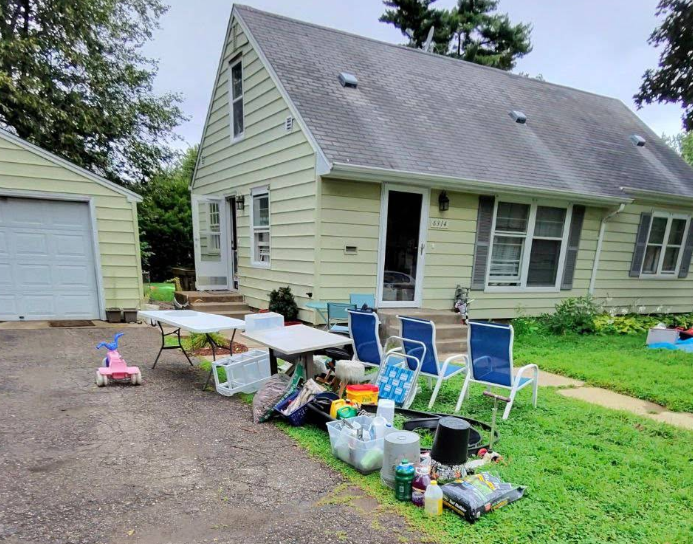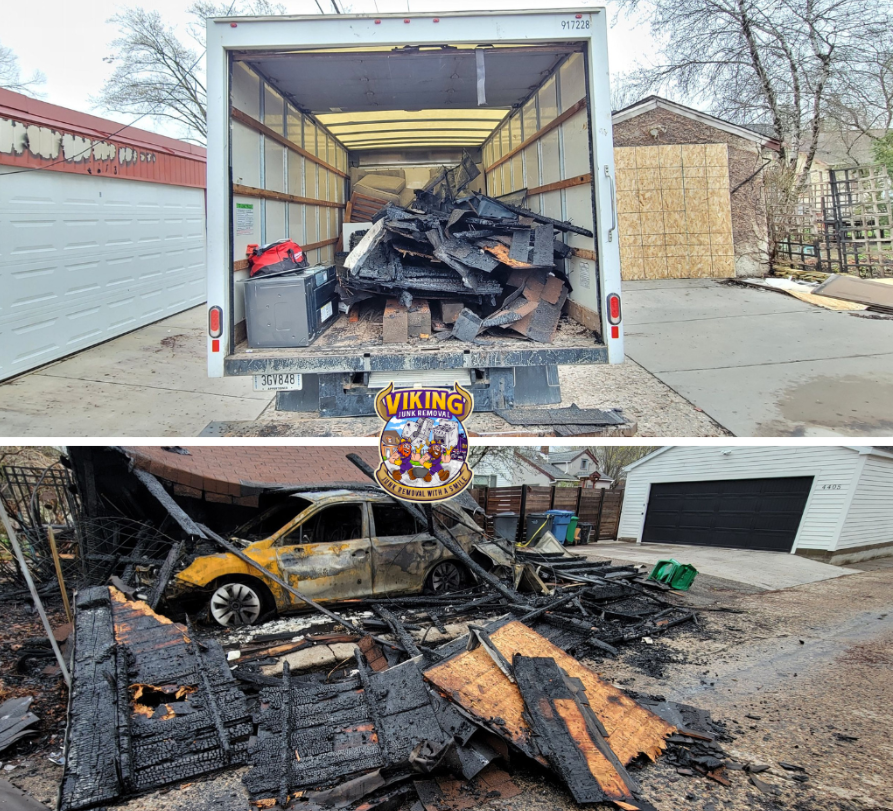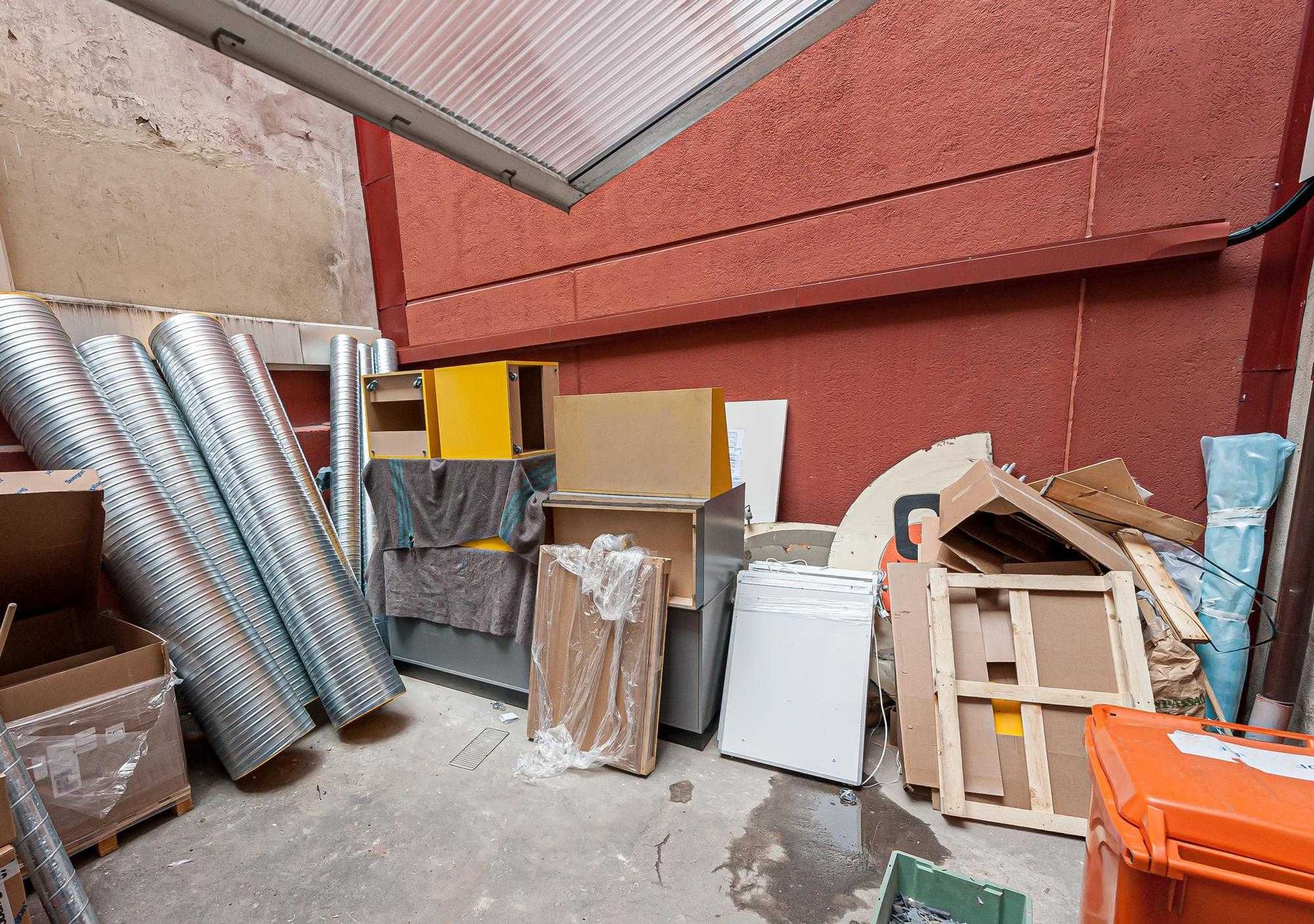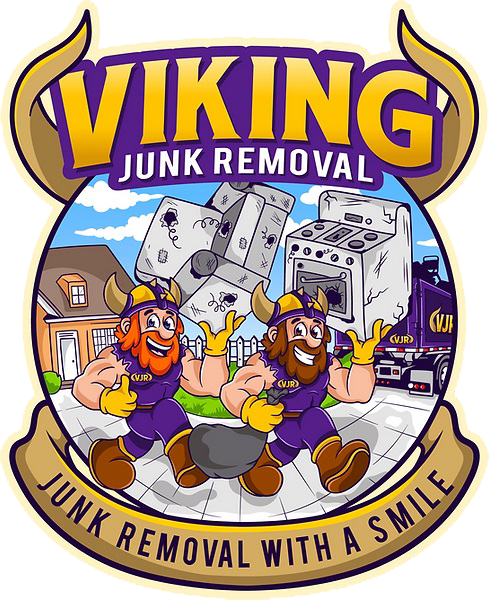Tips for Proper Appliance Removal and Disposal
An appliance rarely goes from humming to silent without a story in between. These machines serve quietly for years, sometimes decades, becoming staples of daily life. When they reach their end, the process of letting them go shouldn’t be a toss-and-forget affair. Disposal begins long before it hits the curb or van. Understanding its materials, origin, and potential afterlife helps steer the decision toward thoughtful action.
Knowing what lies beneath the plastic shell and metal skeleton matters more than we assume. Refrigerators have chemicals that whisper havoc into the ozone. Microwaves carry circuitry craving proper recycling. Before removal, it's essential to unearth the impact it might leave behind—because what once made life easier shouldn't complicate the planet's tomorrow.
Check for Hidden Hazards Before You Attempt a Removal
Before you attempt to remove that old refrigerator or washer, take a moment to consider the potential hidden hazards lurking inside the appliance. Many older models contain harmful materials, such as Freon gas in fridges, mercury switches in thermostats, lead solder in electronics, or oil-based components that can leak if mishandled. These substances are not only dangerous but may also be illegal to dispose of improperly.
For example, Freon, when released into the air, contributes to ozone depletion, while mercury can contaminate water supplies and soil. If you aren’t sure how to handle certain components, always consult with a professional before proceeding. Disconnect power sources safely and ensure that any pipes or hoses are properly capped to avoid leaks. By exercising caution, you can prevent personal injury and environmental damage while ensuring you’re compliant with local disposal regulations.
Remove Appliances with Strategy, Not Just Strength
When it comes to appliance removal, brute strength alone won’t get the job done. Appliances are often heavy, awkwardly shaped, and sometimes difficult to maneuver through tight spaces. Simply yanking them out could damage your flooring, scratch walls, or cause injury. Planning and using the right tools make all the difference. Measure the doorway and pathways to ensure the appliance can fit.
Use sliders, dolly carts, or straps to ease the appliance out, making the process more manageable and less physically demanding. In addition to tools, enlist the help of a friend or two for extra lifting power and guidance. They can help balance the appliance and prevent tipping or damage. Rushing through this process only invites accidents. By planning each step methodically and using the proper techniques, you ensure a safe, efficient removal without risking your body or home.
Avoid Illegal Dumping and Choose Responsible Disposal Methods
Illegal dumping of old appliances is a serious environmental and legal issue that should never be an option. Abandoned refrigerators, ovens, and washing machines can pose risks to both the environment and public health. These items may leak hazardous chemicals, such as coolant or oils, into the soil, polluting groundwater and harming wildlife. Additionally, improperly discarded appliances take up space in landfills and contribute to toxic waste.
Many cities provide designated drop-off locations or recycling centers where appliances can be disposed of safely, often free of charge. Failing to use these services not only harms the environment but can result in steep fines and legal consequences. Before you discard any large appliance, take the time to research and find local disposal events or facilities that will handle the waste in a responsible manner. Doing so ensures that your old appliances are processed safely and sustainably.

Look Into Appliance Recycling Programs for a Greener Impact
When you’re getting rid of an old appliance, it’s easy to think that it’s just heading to the landfill. But in reality, many of the materials in your old washing machine or refrigerator can be recycled and reused. Metals like aluminum and copper, plastics, and even glass can be salvaged and repurposed, reducing the environmental impact of disposal. Recycling not only helps conserve resources but also reduces energy consumption by repurposing materials that would otherwise be thrown away.
Many cities and towns offer appliance recycling programs that disassemble units, sort the materials, and send them to appropriate facilities. Some even offer incentives, like trade-in programs or pickup services, to make recycling more accessible. Research the available programs in your area and take advantage of them. It’s an eco-friendly choice that also benefits your community and helps keep valuable materials out of landfills.
Appliances Require Special Handling or Permits
Certain household appliances require special handling due to the materials they contain or their environmental impact. For instance, refrigerators and air conditioners contain refrigerants like Freon, which can harm the ozone layer if not properly handled during disposal. Similarly, old water heaters may have pressurized elements or contain hazardous residues like oil or rust. If these appliances are improperly dismantled or discarded, they can pose serious safety risks.
Depending on your location, there may be specific regulations in place that require you to obtain a permit or use a certified disposal service. For example, in some areas, you might need to schedule a special pickup for hazardous materials or ensure that professionals remove and recycle the refrigerants from appliances. Make sure you are aware of local laws and guidelines for appliance disposal to avoid fines or penalties and ensure your safety and compliance.
Stress-Free Appliance Disposal
While DIY appliance removal might seem like a straightforward task, there are many complexities involved that can make it more stressful and dangerous than anticipated. Hiring a professional removal service can take the burden off your shoulders and make the process smooth and hassle-free. These experts not only have the right tools and experience but also know how to safely handle hazardous materials, such as refrigerants or toxic chemicals found in older appliances.
They will also know the best disposal and recycling methods, ensuring that your old appliance is treated responsibly. If you’re short on time, dealing with large, cumbersome appliances, or simply want to avoid the risk of injury, a professional service is the ideal solution. By hiring an experienced team, you can relax knowing that your appliance will be removed safely, recycled properly, and disposed of legally, freeing up your space without the worry.
Dismantle Large Appliances Safely Before Transportation
Before attempting to remove large appliances, it’s often best to dismantle them to make the job easier and safer. Appliances like stoves, refrigerators, and freezers can be quite bulky, and removing them in one piece can be an unwieldy and dangerous task. By removing doors, drawers, shelves, and other removable components, you can significantly reduce the size and weight, making the appliance more manageable to move.
In addition, dismantling the appliance allows you to address potential hazards, like sharp edges or exposed electrical components, before they become a safety issue. Always wear protective gear like gloves and goggles to minimize the risk of injury during disassembly. If you are unsure how to safely dismantle an appliance, or if it involves complicated parts, it’s better to call in a professional service that can handle the task for you. Properly dismantling an appliance can save time and prevent unnecessary damage to your home and your body.
Time Your Appliance Removal with Purpose, Not Panic
When an appliance breaks or becomes obsolete, it’s easy to feel the urge to get rid of it immediately. However, removing it in haste often leads to rushed decisions, extra stress, and potential damage to your home. Timing your appliance removal with purpose can make the process smoother and more effective. Start by considering the best time of year for removal, as this can influence disposal options and weather conditions.
Some areas offer scheduled appliance pickup events, so you may want to align your removal with one of these dates to avoid additional costs. It’s also wise to plan ahead if you’re replacing the appliance with a new model, allowing time for delivery and installation. In addition, think about any home renovations or other major tasks that could be impacted by appliance removal. By planning with care, you can avoid unnecessary delays, minimize disruptions, and ensure a hassle-free process.
Environmental Consequences of Improper Disposal
Improperly disposing of appliances can have far-reaching environmental consequences, many of which are hidden from view. Appliances like refrigerators, air conditioners, and microwaves often contain hazardous materials, such as coolants, heavy metals, and oils, which, if not handled correctly, can leach into the environment. For example, Freon, when released into the atmosphere, contributes to the depletion of the ozone layer, while mercury and lead can contaminate water sources and pose serious health risks to wildlife.
Even appliances that seem harmless, like toasters or washing machines, can contribute to landfill overflow, further exacerbating the waste crisis. To prevent these environmental hazards, it’s essential to follow proper disposal guidelines, recycling programs, and certified disposal methods. Ensuring your appliances are removed and recycled in an eco-friendly way helps protect the planet and contributes to a more sustainable future.
Conclusion
Proper appliance removal and disposal isn’t just a routine task; it’s an opportunity to make a positive, informed impact on both your home and the environment. Whether you’re maneuvering through tight doorways, considering sustainable recycling methods, or scheduling a stress-free appliance pick-up, every step you take plays a crucial role. It’s about ensuring that your old, outdated appliances are removed safely and responsibly, without causing harm to your home or the planet.
When it's time to say goodbye to your old appliance, you can count on Viking
Junk Removal to handle the job with professionalism and eco-consciousness. Serving Minneapolis, USA, their team ensures that your appliance disposal is done the right way, with minimal hassle and maximum care. For more details or to arrange a removal, contact Viking Junk Removal at 612- 448-9506 or via email at sales@vikingjunkremovalmn.com. Visit www.vikingjunkremovalmn.com to learn more. Let Viking Junk Removal take care of your appliances the right way.






